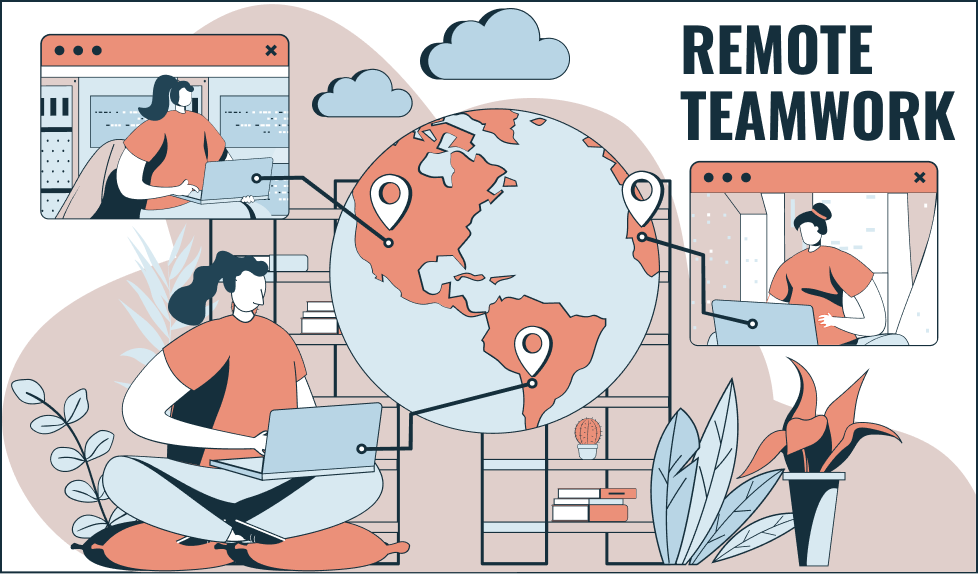The Art of Slowing Down: Why Doing Less Can Help You Achieve More
In a world obsessed with speed and productivity, slowing down can feel like rebellion. We’re told to move fast, multitask, and optimize every second of the day. Yet, despite all this hustle, many of us feel drained, distracted, and disconnected. What if the real secret to achieving more lies not in doing more—but in doing less, with intention?
The Productivity Trap
It’s easy to mistake busyness for progress. Our calendars are packed, our inboxes overflowing, and our attention constantly divided. But this kind of “always on” living often leads to burnout rather than breakthrough. When we rush through life, we lose clarity, creativity, and even joy.
True productivity isn’t about how many things you can cross off your list—it’s about whether you’re moving toward what actually matters.
The Power of Slowing Down
Slowing down doesn’t mean being lazy or unmotivated. It means pausing long enough to notice what you’re doing and why you’re doing it. When we give ourselves permission to breathe, reflect, and focus, we actually become more effective.
Think of it like sharpening a knife—you might spend less time cutting, but you cut far better.
Here are a few ways to practice slowing down:
- Start your day quietly.
Instead of diving into your phone, spend a few minutes journaling, meditating, or simply sitting in silence. - Do one thing at a time.
Multitasking feels efficient, but it actually fragments your focus. Try giving your full attention to one task—and notice the difference in quality. - Take mindful breaks.
Step away from your screen. Go outside. Stretch. Let your mind wander. Creativity thrives in stillness. - Redefine success.
Instead of measuring your worth by how much you do, measure it by how fully you experience each moment.
Doing Less, Achieving More
When you slow down, you make space for what really matters—deep work, meaningful relationships, and genuine happiness. You begin to notice the small details, the quiet joys, and the simple beauty of just being present.
The Science of Stillness
Research supports this ancient wisdom. Studies show that moments of rest and reflection activate the brain’s default mode network, the system linked to creativity, memory, and problem-solving. In other words, slowing down isn’t just a luxury—it’s a mental reset that helps your brain work better. That’s why many breakthroughs and “aha” moments happen when you’re showering, walking, or daydreaming—not when you’re grinding through another hour at your desk.








